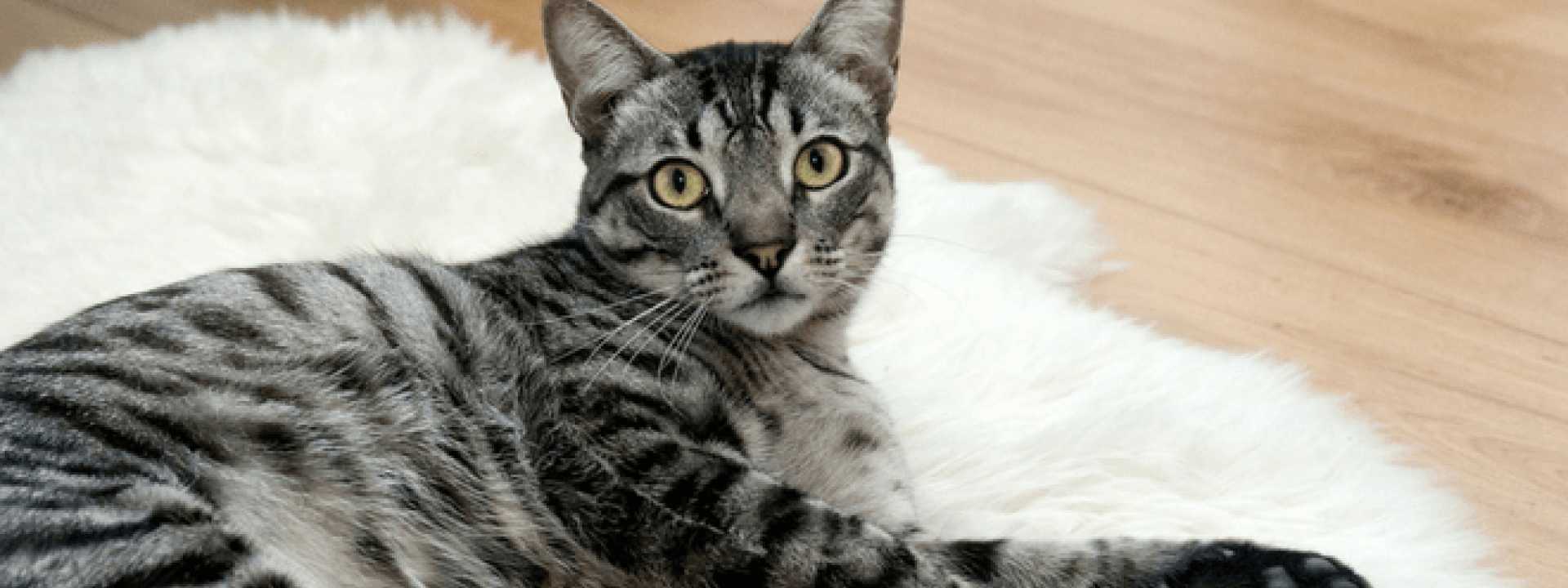Feline urethral obstruction and lower urinary disease are common conditions we see in our feline patients. Luckily, these illnesses are very treatable and preventable.
We typically see cats present with urinary issues when the weather changes abruptly or when there is a full moon (this is a common veterinary observation, though not a scientifically proven fact). These cats will have a history of straining to urinate, vocalizing in the litter box, vomiting, and lethargy. They typically have sand or grit in their bladders that cause an obstruction within the urethra, which prevents them from urinating. Occasionally, cats will have actual stones form in the bladder that cause the obstruction. If the obstruction goes on long enough, cats can go into kidney failure and possibly die if left untreated.
Treating a blocked cat involves passing a urinary catheter under sedation to relieve the obstruction and placing the cat on IV fluid therapy to correct the kidney failure. Most cats have the urinary catheter in place for at least 24 hours and the fluid therapy is continued until the kidney values normalize.
Risk factors for this condition include obesity, eating an all dry food diet and stress—especially common in indoor cats. We are now recommending that cats eat mainly a wet food diet. This is important because it raises the amount of water the cat ingests and keeps the urine dilute to help prevent crystals and sand from forming in the bladder.
It takes four cups of water added to one cup of dry food to replicate the amount of moisture in canned food. In addition to a canned food diet, cats should be provided with a lot of stimulation to help reduce stress.
Cat trees and interactive toys help lower stress and encourage exercise. A website sponsored by the Indoor Cat Initiative also provides great ideas for enriching indoor cats' lives. By feeding canned food diets, reducing stress and preventing obesity, we can hopefully reduce the number of cats suffering from this preventable condition.

